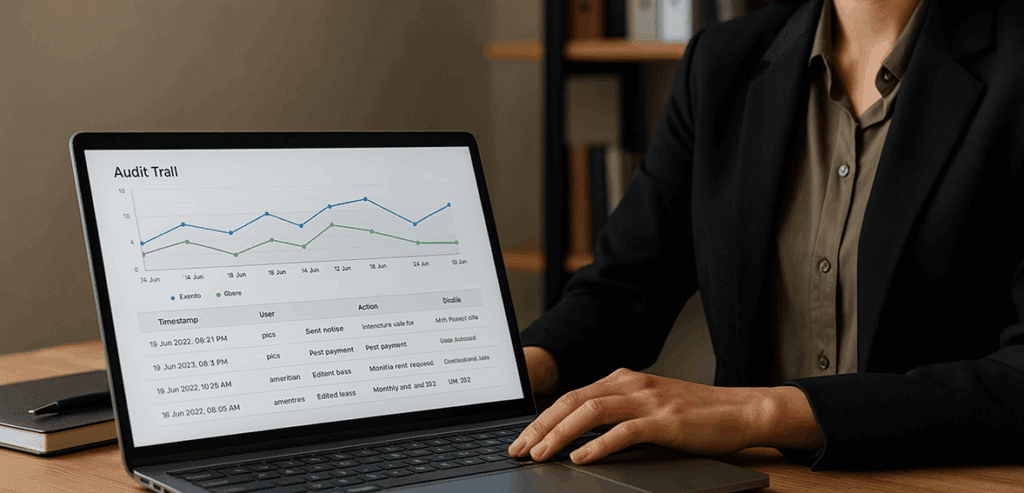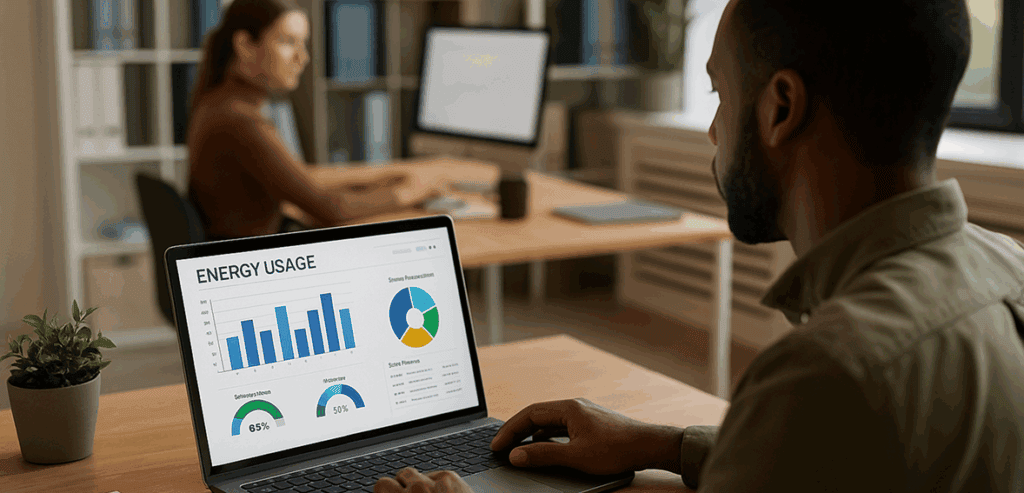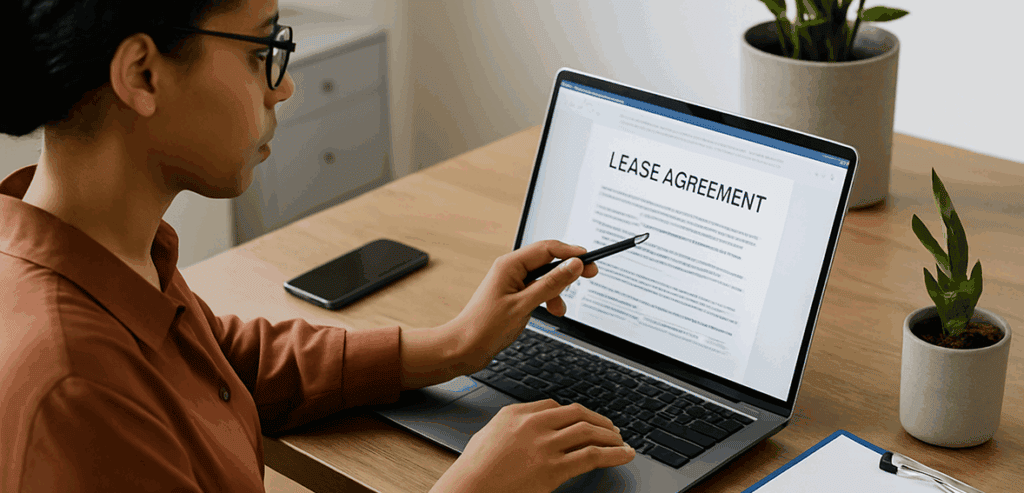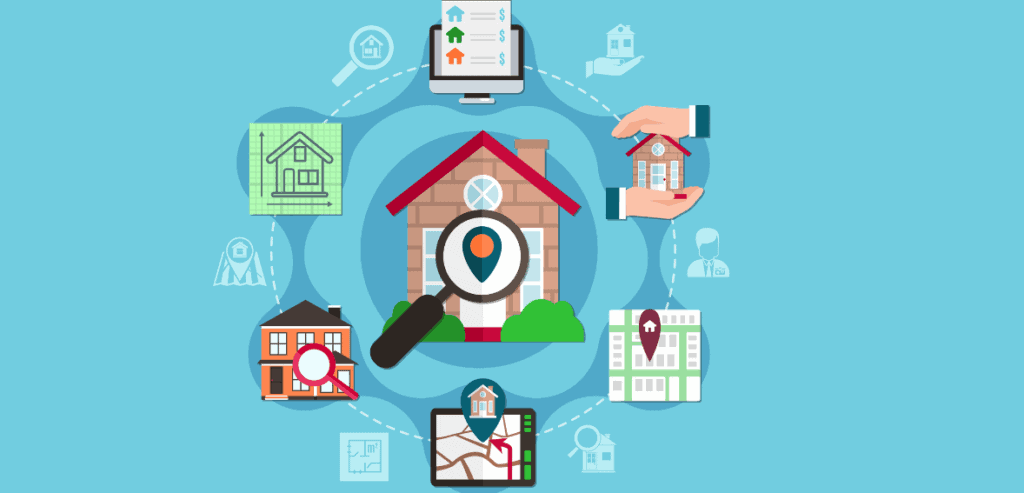In the early stages of running a property management company, it’s easy to feel like you have everything under control. You might use a spreadsheet to track rent payments, respond to tenant emails manually, and jot down maintenance requests in a notebook. But as your business grows from a handful of units to dozens—or even hundreds—that system becomes unsustainable. The secret to scaling your property management business lies not just in adding more properties, but in having the right infrastructure to manage them efficiently. And today, that infrastructure is software.
From Spreadsheets to Centralized Software
As your property management portfolio expands, the systems that once worked well begin to fall short. Managing tasks manually or with basic tools may seem efficient at first, but over time, they slow down operations and limit growth potential.
Why Manual Methods Become a Bottleneck
When you’re managing a few properties, a spreadsheet can feel like a perfectly acceptable solution. But as your portfolio grows past ten or twelve units, the cracks begin to show. You start duplicating data, making input errors, and spending more time digging for information than acting on it. Something as simple as forgetting to log a late fee or double-booking a maintenance contractor can cause unnecessary delays and tenant dissatisfaction.
More importantly, the time you spend on clerical work increases. Every lease renewal, maintenance request, or tenant communication adds to your workload. When multiple team members get involved, the lack of a centralized system creates chaos. You find yourself answering the same questions multiple times or fixing errors caused by outdated information.
When It’s Time to Upgrade
Most property managers realize they need robust property management software when they hit a specific tipping point. This usually happens when managing more than 20 units or coordinating with a team. If you find yourself constantly buried in paperwork, struggling to stay organized, or needing help to deliver consistent service across all your properties, that’s your signal. Upgrading to a professional property management system at this stage doesn’t just help—it becomes essential for future growth.

Process Automation and Efficiency
Efficiency is the bedrock of scale. If your team is constantly overwhelmed with manual tasks, growing your unit count will only amplify the strain. That’s why automation becomes crucial as you scale your property management business.
Freeing Up Time with Technology
As your business expands, your time becomes your most valuable asset. You need to move from working in the business to working on the business. Property management software helps you get there by automating the routine tasks that consume hours each week.
Automated rent reminders reduce the need for follow-up calls or emails. Late fees can be posted automatically, ensuring consistency and eliminating awkward conversations. Maintenance requests submitted through the tenant portal can trigger workflows that assign contractors, notify tenants, and track progress until resolution. You can send batch messages to tenants about inspections, policy changes, or rent increases without composing each message individually.
These automations don’t just save time. They eliminate inconsistency and improve tenant experience. In fact, companies leveraging technology and data saw operational efficiency improve by 20% in their first year. That kind of improvement is the difference between struggling to keep up and confidently scaling your rental portfolio.
Standardizing Operations
Growth brings more units, more tenants, and more moving parts. Without consistent processes, quality and control start to slip. Software ensures that every part of your business follows the same proven workflow.

Creating Repeatable, Reliable Processes
As your business grows, every unit added should follow a consistent process. If one property gets a comprehensive move-in checklist and another does not, you risk disputes, missed documentation, and uneven service quality. Software enforces standardization by embedding repeatable workflows into your daily operations.
Digital leasing workflows guide every lease through the same steps—application, background check, approval, signing, and onboarding. Tenant move-outs can automatically trigger an inspection, cleaning order, and security deposit reconciliation. These processes can be customized once and reused for every property, ensuring no step is missed.
Successful property management firms often credit standardized procedures as the foundation of their growth. Some even create operations manuals that align with software workflows, reinforcing their systems and helping new employees get up to speed faster.
Multi-Property, Multi-Owner Management
Managing a single building is one thing. Handling multiple properties, for different owners, in different locations, is a whole different challenge. That’s when powerful, centralized software becomes your best asset.
Simplifying Complex Portfolios
Scaling your business usually means adding not just more units but also more variety. You may manage different property types, serve multiple owners, or work across several locations. Without the right tools, managing such complexity becomes nearly impossible.
Property management software for growth offers built-in support for multi-owner portfolios. With owner portals, each client can log in to view performance reports, financial statements, and upcoming repairs for their specific properties. You can assign different bank accounts for different owners, ensuring accurate fund distribution and accounting.
For managers operating in multiple regions, the software allows for location tagging, enabling you to assign tasks to the nearest team member or vendor. Having a portfolio-level view means you can monitor the entire operation from one dashboard while diving into individual property data as needed. This kind of scalability is what allows a company to expand its operations without multiplying its stress.
Team Collaboration and Scaling Staff
Growth demands more than just better tools. It also means building a capable team and ensuring they work together effectively. Software plays a vital role in enabling that collaboration.
Everyone on the Same Page
As your team grows, communication becomes more complicated. A solo manager can keep everything in their head, but once you bring in assistants, maintenance coordinators, and leasing agents, you need a centralized platform to keep everyone aligned.
Modern property management platforms offer role-based access and task management tools. Each team member can log in with permissions appropriate to their role. Maintenance staff can view and update work orders. Leasing agents can access tenant applications and move-in details. Accountants can manage payments and reconciliation. Everyone sees the same data, updated in real time, minimizing miscommunication.
Task assignments, internal notes, and status updates ensure that no job falls through the cracks. This level of internal collaboration is crucial when growing a property management company, especially when your team works remotely or covers multiple locations.
Analytics for Strategic Growth
To truly scale, you need to think beyond daily operations. Strategic growth comes from using data to make better decisions. And that’s where analytics becomes indispensable.
Using Data to Drive Smart Decisions
Scaling rental portfolios requires more than just adding doors. It means knowing which properties to prioritize, which owners to work with, and which areas offer the best return. This is where analytics comes in.
Property management software includes dashboards and reporting tools that break down occupancy rates, maintenance costs, rent collection trends, and profit margins per unit or per owner. You can compare neighborhoods to identify those with the lowest delinquency or see which properties generate the most late payment issues.
These insights help you focus your marketing on high-performing areas, negotiate better terms with owners, or rework your lease agreements to reduce risk. Some systems even allow scenario modeling. Want to double your unit count next year? The system can show how that would affect staffing needs, rent roll, or maintenance workload. Data-driven strategy is a hallmark of scaling up, and companies that use data effectively see operations improve by 20% or more.
Avoiding Growing Pains
Scaling a business introduces new complexity. But the right technology helps ensure you grow with confidence and avoid common missteps that derail expanding property managers.
Common Pitfalls and How Software Prevents Them
Every growing business experiences friction, especially during transitions. But many of the common pitfalls in expanding property management operations can be avoided with the right systems in place.
Losing the personal touch is one concern. Tenants might feel like just another number as the company grows. Using CRM features in your software, you can keep detailed notes on tenant preferences, birthdays, past issues, and communication history. This lets your team maintain personalized service even as the number of tenants increases.
Compliance oversight becomes a bigger issue when managing in different cities or states. With property management software, you can receive updates on local law changes and set reminders for required inspections or registrations. Automated lease templates can be updated to match local ordinances, reducing legal risk.
Tracking tasks manually gets harder as complexity increases. But with built-in task management, recurring reminders, and progress updates, your team stays on track. Whether it is a routine inspection, a lease renewal, or a vendor invoice, the system ensures it is done on time and correctly.
Preparing for Long-Term Expansion
Scaling is not just about adding more units today. It is about setting up systems that support growth tomorrow. That means thinking about where your business is heading and making sure your tools can go the distance.
Planning for the Next Phase of Growth
As your business scales from managing a dozen units to overseeing hundreds, your focus should shift from putting out fires to building a resilient and scalable operation. Software enables that shift by removing the bottlenecks of manual work and providing clarity through data.
You’ll also be able to forecast better. By modeling different scenarios, you can see how expanding into short-term rentals, commercial units, or new geographic regions might impact your team and your bottom line. You can test ideas before making expensive commitments.
Moreover, when you decide to raise capital, partner with investors, or sell your business, having strong systems and clean data makes your company more attractive. Investors look for operational maturity, and robust software is a sign that your business can handle growth without imploding.
Choosing the Right Property Management Software for Growth
Finding the right platform is a decision that can define your business’s ability to grow. Not all tools are created equal, so choosing one that aligns with your vision is critical.
What to Look For
Not all software is built for scaling. As you search for the right solution, look for features that support automation, team collaboration, financial management, and multi-owner functionality. Mobile access is also key, as your team may work from the field or different offices.
Ease of use matters too. If your team struggles to navigate the system, it slows you down. Choose a platform with good training resources, strong support, and a roadmap of future updates.
Make sure the software integrates with your existing tools, such as accounting systems, marketing platforms, or background check providers. Integration reduces redundancy and ensures that all parts of your business speak the same language.
Maintaining Quality as You Grow
Delivering excellent service while expanding rapidly is not easy. But it is possible when you embed quality into your systems, not just your intentions.
Scaling Without Sacrificing Service
One of the biggest fears property managers have is that quality will suffer as quantity increases. Software helps you avoid that by embedding quality into every step of the process. It ensures that every lease follows the same standard. Every maintenance issue gets tracked to completion. Every owner receives timely reports.
Consistency builds trust with tenants and property owners alike. It reduces disputes, enhances reputation, and leads to more referrals. With software doing the heavy lifting, your team can focus on delivering excellent service rather than fighting fires.
Conclusion
Growing a property management company from a dozen units to a large portfolio is a journey filled with opportunity—and risk. The key to scaling successfully lies in building the right foundation, and today, that foundation is software. Property management software for growth allows you to automate, standardize, and optimize your operations. It enables real-time collaboration, delivers actionable insights, and protects your service quality as you expand.
Whether you’re aiming to scale property management business efforts across multiple locations, take on new owners, or simply free yourself from daily administrative tasks, the right technology can make the difference. It transforms complexity into clarity and chaos into control.
In a competitive market, where margins are tight and customer expectations are high, leveraging the full power of software is not just a smart move. It is the only way to scale efficiently, sustainably, and successfully.
Frequently Asked Questions
What is the best time to switch from spreadsheets to property management software?
The ideal time is when managing your portfolio starts to consume too much time or create errors. Typically, this happens when you’re managing more than 20 units or coordinating tasks among multiple team members. If you’re spending more time on administrative work than strategic planning or customer service, it’s time to upgrade.
Can property management software help me grow my portfolio faster?
Yes, by automating routine tasks and improving operational efficiency, software frees up your time and resources to focus on acquiring more units, serving more owners, and expanding into new areas. It also helps you identify profitable opportunities using real-time analytics and reporting tools.
How does software improve communication with tenants and property owners?
Modern property management platforms include tenant and owner portals, enabling seamless communication. Tenants can submit maintenance requests, pay rent, and receive automated notifications. Owners can log in to view reports, track financials, and get updates about their properties—all without needing direct calls or emails.
Is it difficult to train staff on new property management software?
Most platforms are designed to be user-friendly, and many offer onboarding support, tutorials, and live customer service. With role-based access and simple interfaces, even team members with minimal tech experience can get up to speed quickly. Training your staff early ensures smoother operations as you scale.
What should I look for when choosing software to scale my property management business?
Key features include automation tools, multi-user access, task management, maintenance tracking, analytics dashboards, and integration with accounting systems. Also, look for mobile accessibility and scalability, so the software grows with your business without needing frequent upgrades or replacements.





























